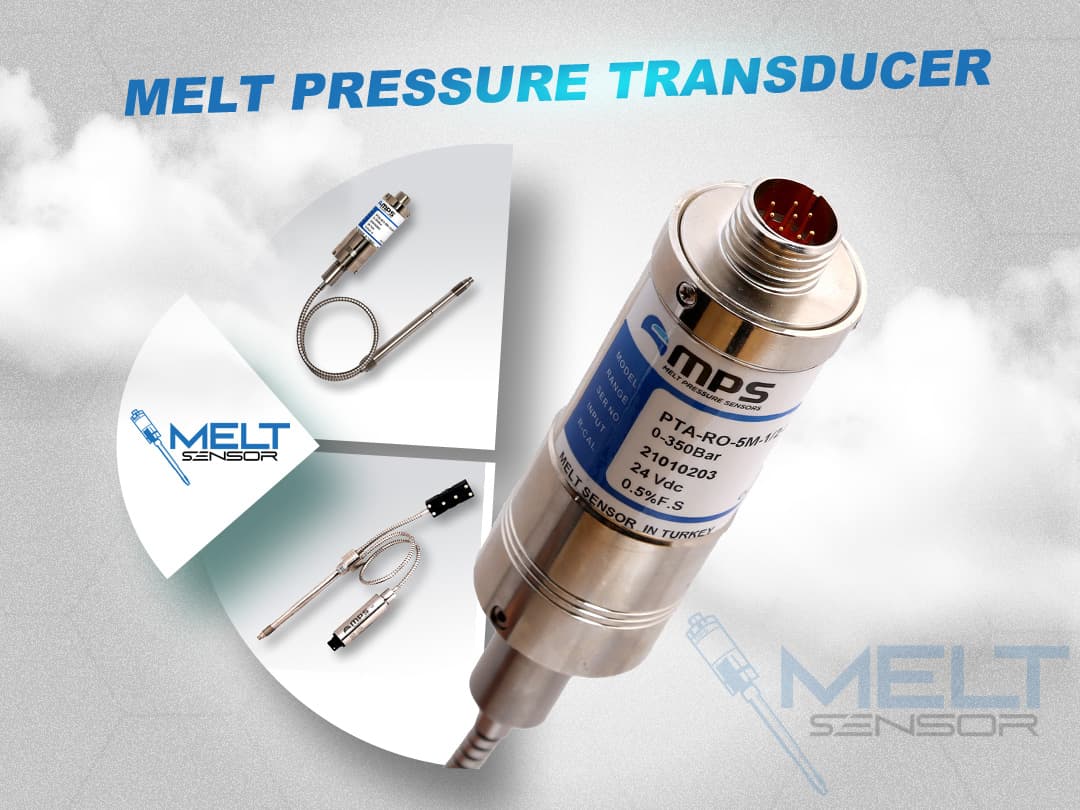
14
11 2024
Melt Pressure Transducer
A melt pressure transducer is a sensor designed to measure pressure in high-temperature, molten materials, commonly used in the plastics, extrusion, and polymer processing industries. It converts the pressure exerted by molten material into an electrical signal that can be used to monitor and control the process.
Key Components and Functions:
-
Diaphragm: The transducer has a diaphragm that contacts the melt and deforms under pressure. It's typically made from materials like stainless steel to withstand high temperatures and corrosive environments.
-
Fill Material: A fill material, often a liquid or semi-liquid substance, transmits the pressure from the diaphragm to a sensor, usually a strain gauge.
-
Sensor (Strain Gauge): The strain gauge detects the deformation of the diaphragm caused by pressure changes, converting it into a small electrical signal. This signal can then be amplified and interpreted by monitoring systems.
Important Features:
-
High-Temperature Resistance: Designed to handle temperatures up to around 400°C (752°F) or higher.
-
Accuracy and Stability: Provides consistent readings in challenging environments where pressure and temperature fluctuate.
-
Compatibility with Process Control Systems: Melt pressure transducers often interface with industrial control systems, allowing for real-time monitoring and adjustments in manufacturing processes.
Applications:
-
Plastic and Polymer Extrusion: Used to monitor pressure in plastic melt flows, ensuring consistent material quality and preventing damage to equipment.
-
Injection Molding: Helps regulate the injection speed and pressure, improving product consistency and reducing defects.
-
Food Processing and Metal Casting: Used in high-temperature applications where pressure monitoring of viscous substances is crucial.
Choosing the right melt pressure transducer depends on factors like temperature range, accuracy, sensitivity, and compatibility with your control system.